The northeast section of Thailand has changed from a traditional, isolated peasant society into a region of sophisticated rural dwellers. A recent journal article by Somchai Phatharathananunth describes the social, economic, and political transformations over the past several decades in rural Northeast Thailand, which is usually referred to as “Isan” or “Isaan.” The author, an assistant professor in the Department of Sociology and Anthropology at Mahasarakham University in Thailand, provides a thorough description of the formerly isolated, peasant, rice-growing farmers and their more sophisticated descendants today.
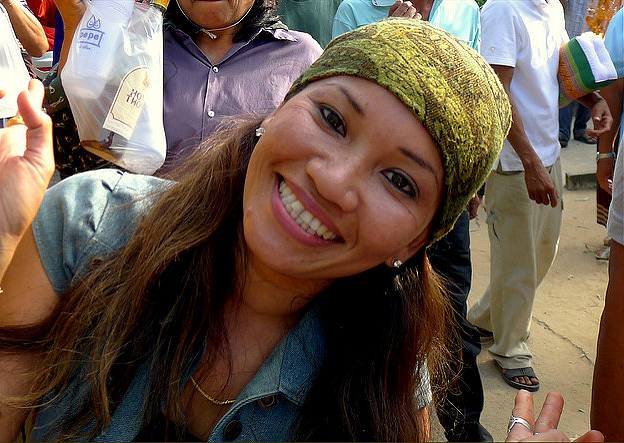
Traditionally, the urban elites of Thailand regarded the Rural Thai as phu-noi (inferiors), people who were expected to obey their superiors. The supposedly uninformed, uneducated rural people needed the guidance of the elites of the nation. This article challenges those stereotypes of rural Thailand by focusing on the ways the people of Isan have changed and grown more sophisticated over the years.
Since the Rural Thai today are involved in much more than just subsistence farming, they identify themselves as a new class which is distinctively different from that of their parents and grandparents. The history of Isan illustrates this broad transformation of the Rural Thai peasantry. While the central plain of Thailand north of Bangkok was already commercialized by the 1930s, the rural Northeast, Isan, still mostly retained its subsistence economy. The subsistence economic pattern remained longer in Isan than in other regions of the country.
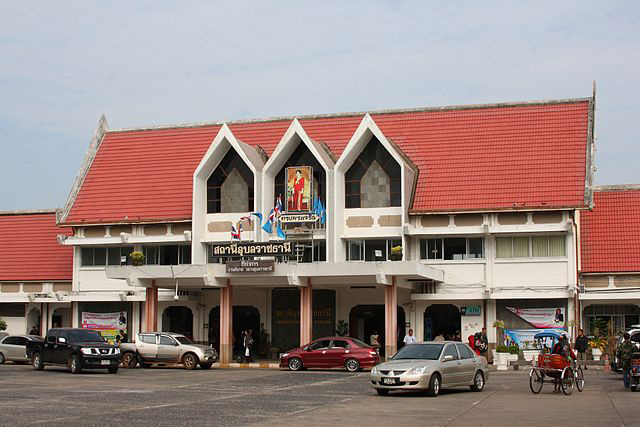
Some changes, however, began to creep into the local economy when railroad lines were extended in the early 20th century to cities in Isan, beginning with Nakhon Ratchasima in 1900, a couple other communities in the 1920s, and the city of Ubon Ratchathani in 1930. The expansion of rice production for commercial purposes followed those extensions, though villages located farther away from the railroads did not change as rapidly. By 1935, Isan was exporting 18 percent of Thailand’s rice.
During this period, particularly before World War Two, farmers in Isan typically grew rice for family consumption and raised only small amounts of other crops for cash. They also took non-farm jobs to some extent to supplement their resources. Rice was produced primarily for family consumption—villagers were self-sufficient for most of their needs. Many villages were still isolated from the rest of Thailand.
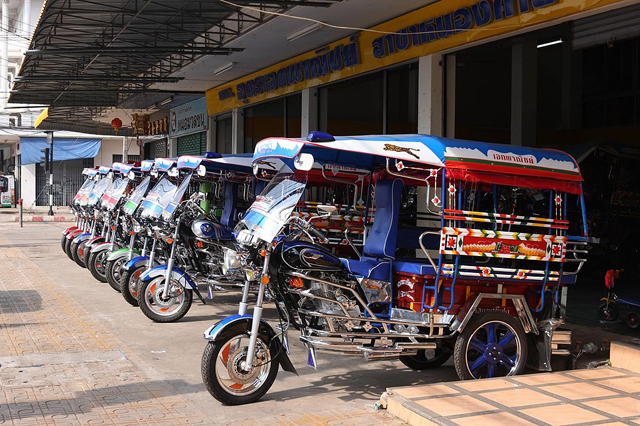
But an expansion of the network of roads began to change that. A road built to Nong Khai, completed in 1957, and the subsequent construction of more roads throughout the rest of the Isan countryside began to link the villages to the larger towns and to the outside world. Isan farmers started becoming market-oriented. As the extent of land devoted to rice paddies declined, the amount of farm land used for commercial crops expanded.
The development of transportation after the Second World War also fostered migration out of the rural countryside. By the mid-1970s, migration to other areas, especially Bangkok, by young people in search of broader opportunities had become normal. Of course some preferred to stay in Isan so they sought work in small industries that were developing in the towns.
Typically, Isan villages by the 1990s were populated primarily by children and old people. Isan adults were employed in cities, especially in Bangkok, in both the formal and the informal economies. They often worked in jobs paying minimal wages such as in stores, restaurants, hotels, bars, factories, gas stations, repair shops, and construction. They drove taxis, worked as street vendors, took positions as maids, and performed in Chinese operas and theatres.
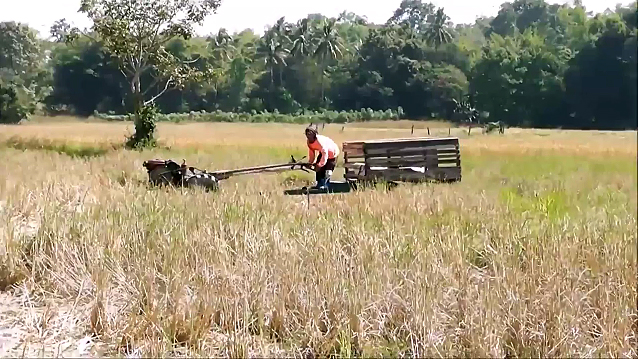
Despite these changes in work patterns, Isan has remained the most dedicated to rice production of any region in Thailand, though labor shortages have forced farmers to abandon subsistence farming and to rely instead on hired farm workers and on equipment for plowing, cultivating, and harvesting. The author studied the patterns of rural Isan transformation by doing fieldwork in the small village of Pon Bok, Sakon Nakhom province, in January 2010. He found that most of the 226 households in the village still grow rice for family use, but they also grow crops for sale and they work at a variety of non-farm occupations in the village. The people also work in 16 different Thai provinces and six foreign countries.
An important change in Pon Bok has been electrification. By 1988, three out of four Isan households had electricity and by 2002 almost all did. Rural electrification has had a major impact on transforming the tastes, lifestyles, and patterns of consumption of the people. The author writes that the village is clearly different from Bangkok, but in many ways they are similar.
Many social changes have occurred in Pon Bok. Motorcycles and cars are the primary means of transportation, replacing travel by foot or on carts. Because of electrification, the people learn about the outside world and life in the big cities from their televisions. The villagers are now connected via the Internet; they use their mobile phones to converse with others living in urban areas. They are normally aware of national and international news.
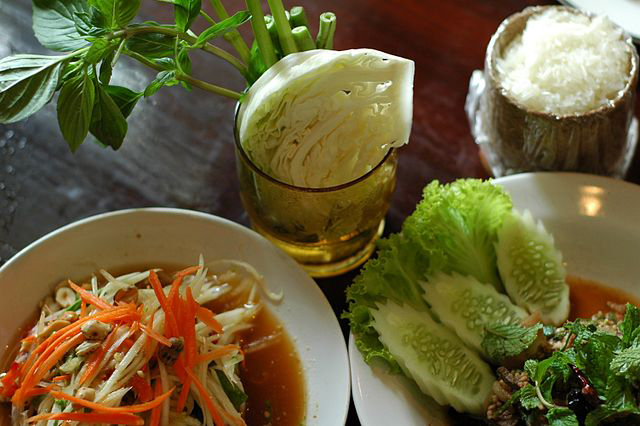
As a result, the people of Pon Bok keep up with the trends in urban areas. Teenagers and some adults go to local restaurants to enjoy the nightlife. Foods that used to be eaten mostly in the city are now also consumed in the village. Chinese oyster sauces and soy sauces may be used in cooking and fermented fish is often used as a seasoning.
The author argues that the rural transformation in Isan has had some significant social consequences. For one thing, the village used to be the center of life for the rural person, but it no longer is. Relationships in the community were highly valued: life focused on common obligations and group interests. Individuals could not imagine living in isolation from the village.
Villagers lived under the direction of a village head, who had the authority of the state and who acted as intermediary with higher authorities. But increased contact with the outside world has produced a sense of individualism among the villagers, which has weakened village authority structures and local social networks. Village heads no longer command the respect that they used to have.

Another consequence of the contact that Isan residents now have with the world is that they are increasingly aware of their disadvantages—they lack the wealth and affluence of the urban elites in their country and the disparity is growing.
All of this has led to important political changes in the Isan region. The rural people are mobilizing to champion their interests. Villagers have employed electoral politics at the village level, and to some extent at the national level, to attain better conditions. Significant improvements in rural roads, safer bridges and better reservoirs have been the result of democratic governments in Isan, the author concludes.
Phatharathananunth, Somchai. 2016. “Rural Transformations and Democracy in Northeast Thailand.” Journal of Contemporary Asia 46(3): 504-519 August 2016